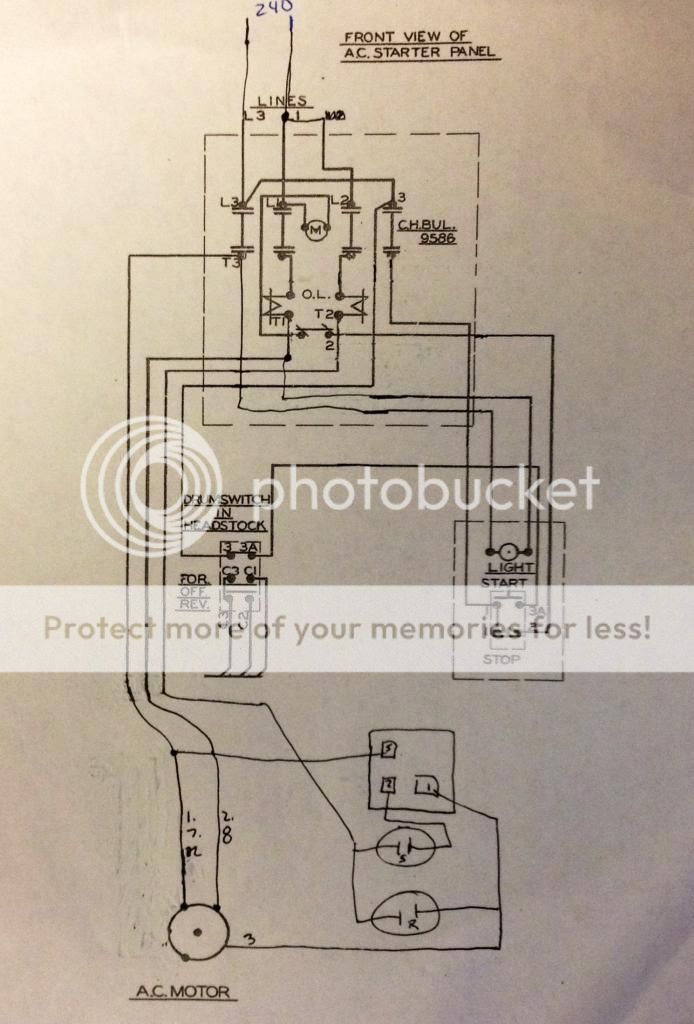Flail
Cast Iron
- Joined
- Oct 29, 2013
- Location
- Bonsall, CA
I plan on using the original start-stop switches with the associated relay. I will need some education about "heaters". I suspect I will need different values for the heaters, know how to calculate the size and figure out where to get them. Any hints?
As an aside, members may notice the new 8" x 12" x 2" junction box blocks access to the rear M-G grease zerks. I replaced the M-G and the Exciter bearings with sealed rather than shielded bearings and the grease zerks are no longer needed. If I live long enough for this to be an issue I'll shimmy up to this unit in my wheelchair, drag out the M-G and replace the bearings.
As an aside, members may notice the new 8" x 12" x 2" junction box blocks access to the rear M-G grease zerks. I replaced the M-G and the Exciter bearings with sealed rather than shielded bearings and the grease zerks are no longer needed. If I live long enough for this to be an issue I'll shimmy up to this unit in my wheelchair, drag out the M-G and replace the bearings.
Last edited:




![DSC01260[1].jpg DSC01260[1].jpg](https://www.practicalmachinist.com/forum/data/attachments/107/107801-8de6a6f52f6690744179e8ed3ffc13d9.jpg)